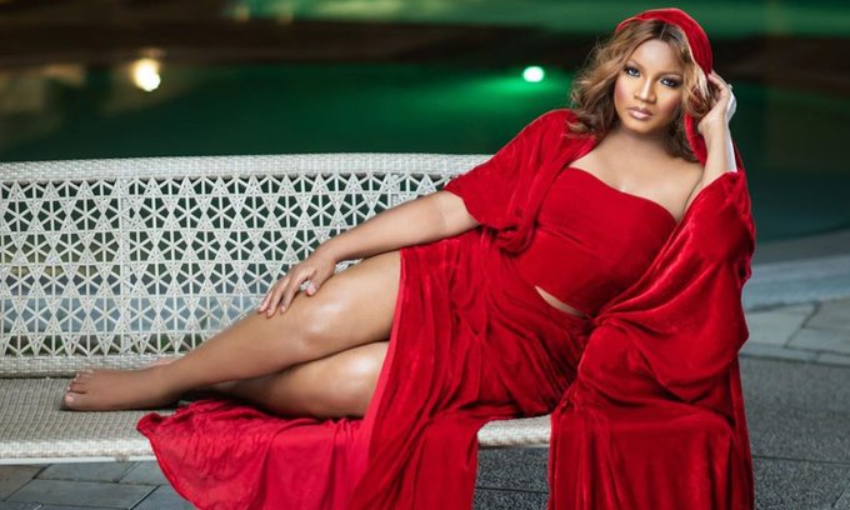A Music video is not just a visual showcase of who an artist is or who they want to be. It is a way of connecting the artist to the listener. However, over the year, music videos have gotten a bad rap for the portrayal of women, often reducing them to skimpily dressed I-candy. Traditionally, the music industry was made by men and often criticized for sexism and colorism. So, what happens when a female director goes behind the lens, does that change anything in terms of portrayal and power of women in music videos?
A Female Face Behind the Lens
Kemi Adetiba is a video director from Nigeria with 13 years’ experience. She is the only high-profile female video director of the country’s thriving music scenes. Adetiba works with star artists such as Wizkid, Falz, and Tiwa Savage. She now branches out to feature films, but she still directs videos on request.
She does hold a lot of power, but the reason behind it being the precedence and quality of work she has done and the time she has had to prove herself. People, therefore, judge her based on the work she has put in rather than being female. She has made more music videos for men compared to women, but also, she tries to infuse women in the videos from a place of strength or strong story-line.
Changing the Face of Women In Music.
Where then does she draw the line between portraying sexiness and sensuality in an artist putting exploitation into consideration?
“I am inspired by a feminine body from a tasteful place of sensuality. There is a certain sexiness a woman holds when she is powerful in her own sensuality. More so, what the artist wants to portray is important.” Kemi Adetiba said.
A very good illustration is the song Tease me by Wizkid, which was directed by Kemi Adetiba. In the video, she made sure there was nothing uncomfortable for the viewers. The dancers came from a place of power, and it could show from the way the artist was overwhelmed and powerless from the female sensuality.
More:
From Pitch to Final Product?
When Kemi is given the song, she immediately sees snatches of pictures from her head. She also has to play the song several in different scenarios for her to put the pieces together. She avoids thinking about the idea; it never works for her. However, the ideas come to her through the different scenarios she plays the song. She, therefore, carries notepads along with her. She tries to make it as visual as possible in words. Most of the artists end up loving the idea due to the level of trust she developed with her clients. Due to her precedence and high creativity level, they end up trusting her proposal.
She is also very passionate when pitching in the idea. Kemi makes sure the clients visualize it and feel it. She does everything from props to the last bit. Video directing has been lucrative for Kemi, and her charges have risen in the years due to the high quality of work she does.
Saying No to Particular Offers.
Kemi Adetiba says no to jobs many times. These jobs include deals from people who have a sexist point of view or rather misogynistic. She also turns down songs that she doesn’t relate with or doesn’t inspire her as a person. She learned to say no in a much nicer way by offering a bigger budget and refusing to lower the price further. The content of the song, therefore, plays a big role when it comes to video directing for the client.
There is also an issue of colorism when it comes to directing videos. This is a challenge that Africa faces, where artists prefer vixens of lighter skin color. If the artist tries to portray that girls of lighter skin shade are more beautiful than those of color, then she would have a problem with working for such a client. Also, if the conversations with the clients portray such, she would turn down the offer.
A Future for Women.
However, despite the industry being male-dominated, more women are starting to come into the field. Technology has also enabled women to pick the camera and offered many editing platforms easily. Kemi is also very cautious with the words she uses on camera to avoid a gender-biased language. She also makes sure that she portrays, that despite the industry being male-dominated, a woman can do it too. Kemi also mentors girls and women to show them that they, too, can be powerful in the industry.


















